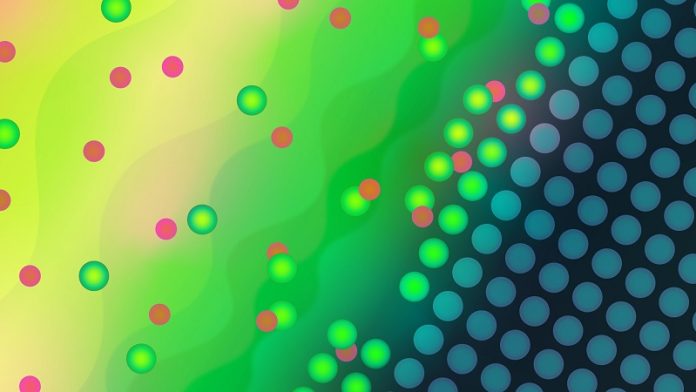
In the quest to harness fusion energy—the same process that powers the sun—scientists are testing every detail to improve how future reactors, called tokamaks, will operate.
One key focus is the use of lithium, a lightweight metal, to coat the inside walls of these reactors.
A new international study has shed light on how lithium coatings interact with fusion fuel, particularly tritium, and how that impacts reactor performance, safety, and sustainability.
Fusion reactors work by heating hydrogen atoms to incredibly high temperatures until they fuse and release energy.
One important type of hydrogen used in fusion is tritium, a rare and radioactive fuel. The problem?
Tritium can get trapped in the walls of the reactor during operations, reducing its availability and complicating its safe management.
The new study, involving researchers from nine global institutions including the U.S. Department of Energy’s Princeton Plasma Physics Laboratory (PPPL), compared two main ways of applying lithium in a tokamak: coating the walls before the plasma reaction begins and injecting lithium powder during the reaction itself.
The findings show that injecting lithium mid-operation causes more fuel to be trapped in the walls, a process called co-deposition. This happens when fuel particles stick to lithium that has landed on the wall during the plasma shot.
Interestingly, the researchers found that making the pre-coating layer thicker didn’t significantly change how much fuel was trapped.
“Most of the fuel retention happens when lithium is added during the plasma shot—not beforehand,” said lead author Maria Morbey, a PhD student at the Dutch Institute for Fundamental Energy Research (DIFFER).
Despite the fuel-trapping downside, injecting lithium during plasma operations has key advantages. It helps smooth the temperature from the core to the edge of the plasma, creating more stable conditions—something critical for making fusion power work in a real power plant.
Lithium is a good candidate for future fusion reactors not just because it stabilizes plasma, but also because it can melt and flow. When liquid, lithium forms a protective layer over the reactor’s interior surfaces, shielding them from the intense heat that can be hotter than the sun’s core.
This layer also has a self-healing ability and could help manage the fuel better by guiding tritium to places where it can be recovered and reused.
However, the same sticky quality that makes lithium useful also leads to the trapping of tritium in cooler areas of the reactor, such as between wall tiles or on parts of the exhaust system. If tritium accumulates in these hard-to-reach places, it raises safety and operational concerns. Scientists say it will be important to avoid cold zones and design reactors that encourage tritium to stay in areas where it can be more easily removed.
To study the two lithium approaches, scientists used the DIII-D tokamak in California, where they tested both pre-coated and in-situ lithium methods by embedding sample tiles into the reactor walls. The samples were analyzed for how much fuel they captured during the plasma operations. As expected, the in-situ method led to more fuel retention due to active co-deposition.
The team used deuterium, a more accessible form of hydrogen, to stand in for tritium in their experiments. Both types behave similarly in this context, making deuterium a safe substitute for early-stage studies.
Understanding where and how fusion fuel gets trapped is essential. If too much fuel is absorbed into the walls and not returned to the plasma, the fusion reaction can slow down or stop. On the other hand, recycled particles that are too cold can also cool the plasma, making it harder to sustain the reaction. Striking the right balance is key to building reactors that can generate steady, clean power.
The findings from this study will help future reactors like PPPL’s planned STAR tokamak manage tritium more efficiently and safely, bringing us one step closer to realizing practical fusion energy.



